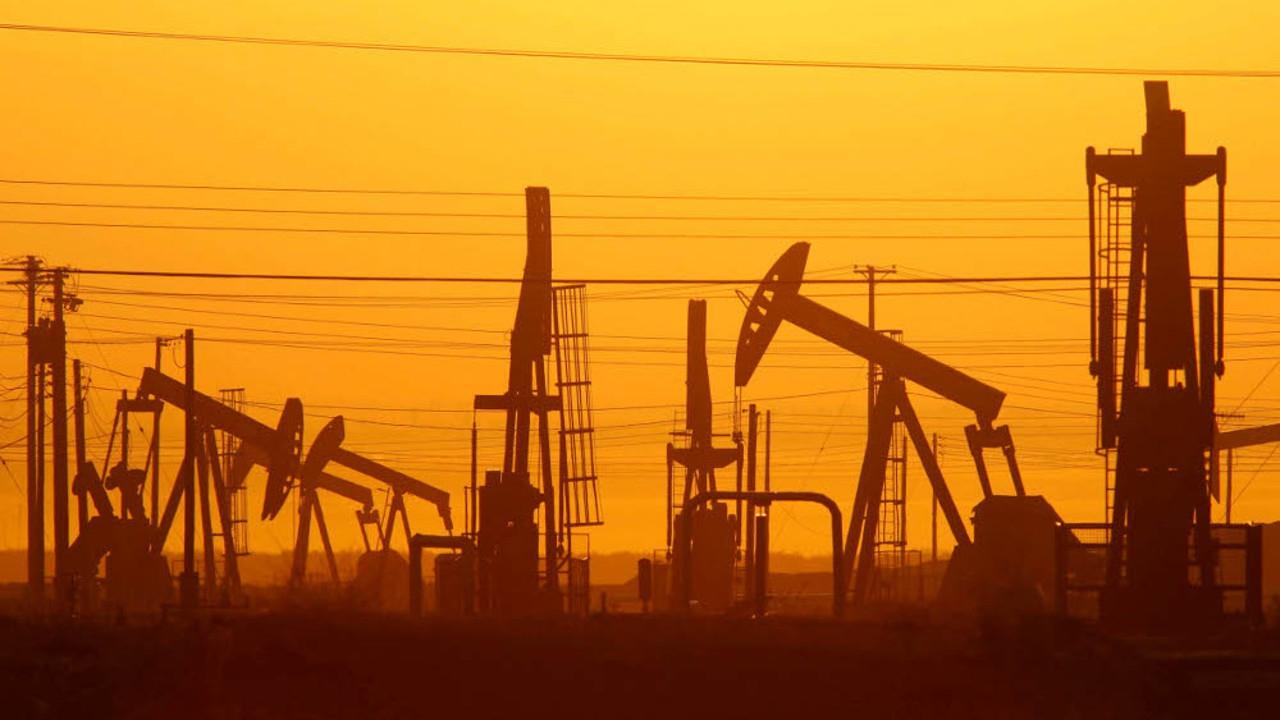False dawn? Surge in oil and iron ore prices raises hopes of stability
It may represent false hope, but there are signs of stability in the markets for two key commodities: iron ore and oil.
It may represent false hope, or a dead cat bounce, but there were glimmers of stability that emerged in the markets for two key commodities this week that some are interpreting as signs that the markets may have bottomed.
Iron ore prices have now jumped 15 per cent in two weeks, while crude oil prices hit a year-high overnight and, at $US64.69 a barrel, are now more than 25 per cent above their 2015 lows.
The movements illustrate how leveraged the prices of those commodities are to relatively minor events, which might tend to indicate that their prices have reflected, if not worst-case scenarios, then at least extreme pessimism.
The most recent kick-up in the iron ore price has been attributed to BHP Billiton’s third-quarter production report, in which it disclosed that it wasn’t proceeding with a previously announced $US2 billion ($2.5bn) or so “de-bottlenecking” project to lift its Pilbara output to 290 million tonnes a year.
That was interpreted in some quarters as a sign BHP had “blinked” in response to the depressed prices, its own role in adding to a burgeoning surplus of supply over demand and the fierce shareholder and national interests debate raging around its strategy and that of Rio Tinto.
BHP also announced it would produce 250 million tonnes of ore this year, five million tonnes more than it had previously forecast, and would increase production to 270 million tonnes through increased productivity without having to invest any significant amounts of new capital. That’s why it deferred the “de-bottlenecking” investment: it can expand volumes without adding big lumps of new capital.
Another factor in the stronger price may have been Fortescue’s about-face — its decision to raise $US2.3bn from high-yield debt markets in the US. That decision, which came at a very heavy price — an effective interest rate of 10.25 per cent — means it has no principal repayments on its debt until 2019.
Anyone who believed Fortescue and its 165 million tonnes of annual production might be removed from the sector by the interaction of its leverage — $US9bn of gross debt — and the depressed price was deluded.
At worst, Fortescue would have had to be recapitalised, in extremisby the Chinese, which would have been very unpleasant for Andrew Forrest and his shareholders but would have left the third force and its output in the market. China isn’t going to allow Fortescue to disappear.
Fortescue’s Nev Power has made the point that even though volumes keep increasing into an already apparently oversupplied market, the market has absorbed them. Indeed, Fortescue shipped more ore (39 million tonnes) than the 37 million of ore it produced in the March quarter. Stockpiles in China don’t appear to be growing.
That says the price has been more of a reflection of the market’s appreciation of the growth in the surplus of supply over demand — perhaps several hundred million tonnes a year over the next couple of years — than the current market imbalance.
It could be that the minor downgrade in BHP’s future production and Fortescue’s purchase of four years of breathing space to deal with its debts were all that were required for the market to conclude that the surplus won’t be quite as substantial as feared.
The rise in the oil price might help. Brazil’s Vale, the biggest producer, is in the midst of an expansion program that would lift its volumes from about 340 million tonnes this year to 459 million tonnes a year in 2019. Vale’s highest-cost production has cash costs of about $US24 a tonne, compared with Rio and BHP, which are below $US20 and falling.
A big competitive advantage for the Australian producers lies in shipping costs, given Brazil’s distance from China — an advantage that has been substantially eroded by the collapse in oil and fuel costs.
The oil price bounce is equally interesting. While in recent days it has been linked to the Saudis’ continuing bombing of Yemen, the price will be determined in the medium-term by the success of the Saudis’ campaign to push US shale oil supply out of the market.
BHP’s production report provided some insight into that market. BHP has a major position in the US onshore oil and gas sector and has responded to the oil price collapse by slashing the number of operating rigs from 26 to 17.
Despite the contraction of drilling activity, shale liquids volumes were running 76 per cent ahead of the previous year for the nine months to the end of March. For the full year, however, BHP said it was “confident” volumes would end the year more than 50 per cent higher than in 2013-14.
That implies a dramatic drop-off in volumes in the final quarter and is consistent with what we know about shale oil extraction. There is a lag between lower levels of drilling activity and an actual falling away of production.
BHP’s actions are part of a sector-wide response to lower prices, suggesting the Saudi campaign has worked and will be reflected in a slump in shale production over the rest of 2015, which would put a floor under the price.
It is a mug’s game trying to forecast commodity prices in the current environment. However, one would assume the market has fully factored in the worst-case scenarios in iron ore, both in terms of potential supply and potential demand, and any positive news will have an amplified impact.
In the oil market, it might take a Saudi decision to throttle back the record volumes of oil it has been producing to have a big impact on the price. If US shale volumes do fall away over the next few months the rationale for the Saudi-led OPEC campaign to wrest back market share from the US would start to diminish.
The oil industry has responded faster and more decisively to the plunge in prices triggered by the low-cost producers than has been the case in iron ore, where we’ve yet to see sufficiently meaningful cutbacks in volume from marginal producers to be confident of any near- to medium-term rebalancing of supply and demand.
If, however, the price properly reflects expectations of the balance of future supply and demand, it is possible that the price is now moderately more sensitive to any positive news, however slight, than it is to a continuation of the gloomy prognostications of further steep price declines.



To join the conversation, please log in. Don't have an account? Register
Join the conversation, you are commenting as Logout